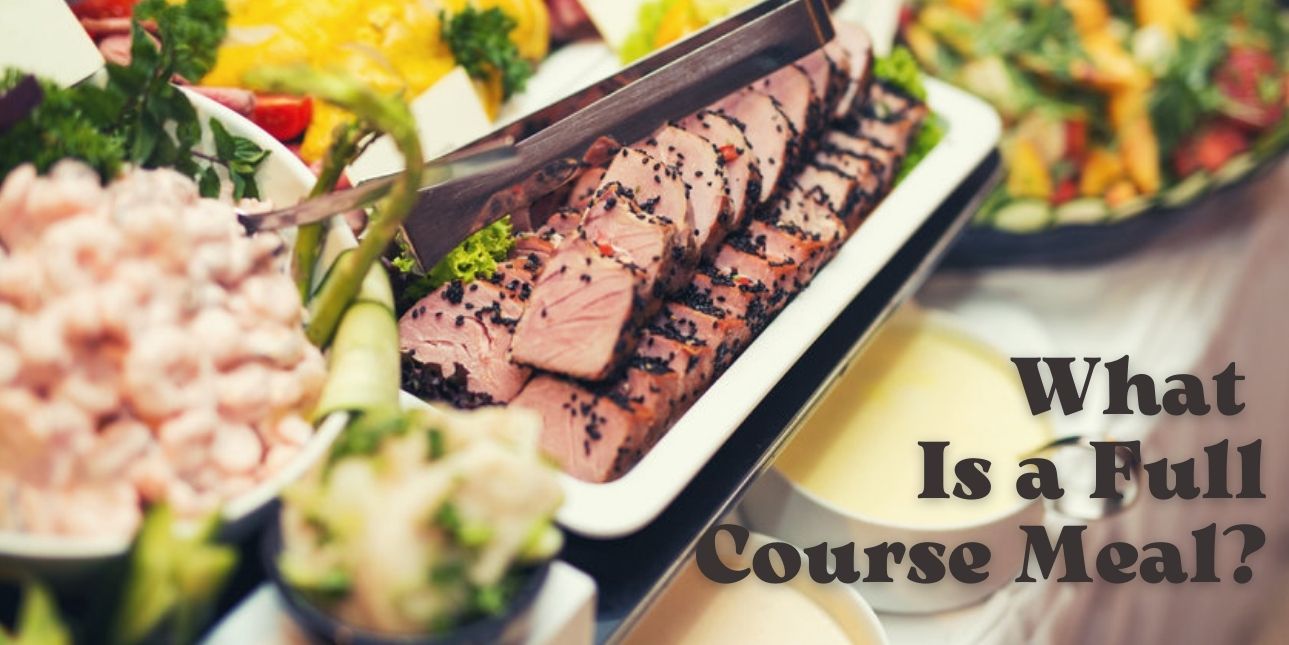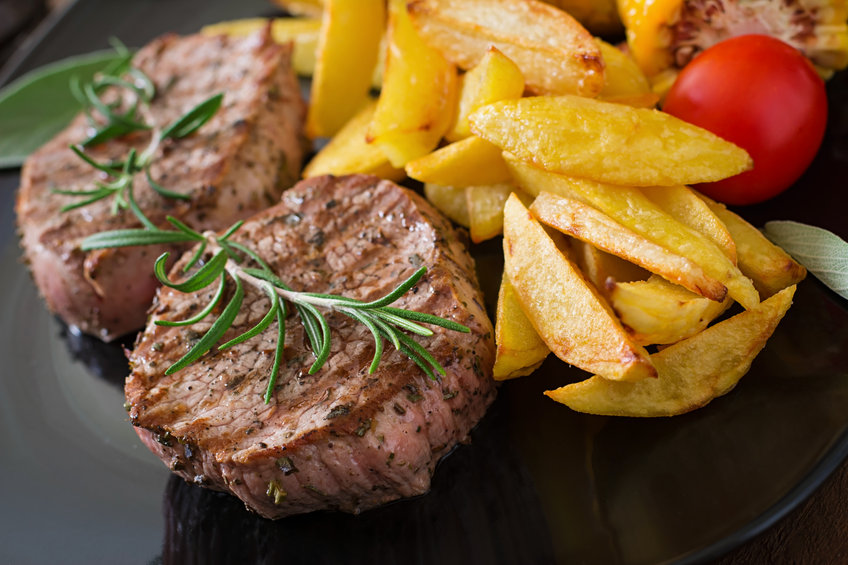
Food is intertwined with several customs, practices, and traditional assortments of items that can make the meal more fulfilling. Food trends keep changing over time, and each part of the world has its elaborate customs and histories that relate to food. A full course meal comprises several varieties of food and different dishes that bring about a comprehensive experience for the customer. People prefer a full course meal for occasions, celebrations, and festivals. The various types of food served in a full course meal are called courses and vary based on cuisine.
These meals tend to have elaborate spreads, however, there are several types of multi-course meals that range from a modest three-course arrangement to a detailed twelve-course spread. These meals allow you to offer your guests an enriching experience when they can enjoy a large array of dishes in a single sitting. We discuss full course meal ideas, and the various components within the setup to help you serve your customers better.
What Is A Full Course Meal?
A full course meal is a culinary arrangement that offers several courses of food to the guest. The most basic full course meals have anywhere between three and four courses, while grand varieties of the full course meal have twelve courses. The meals begin with items that stimulate appetite and aim to give the guest a preview of the dishes to come. The main course is often served toward the middle of the meal and is followed by a serving of dessert or beverages. Full course meals are served at dinner parties, lavish lunches, at both upscale restaurants and at casual foodservice establishments where customers can choose to order a full course meal. The various courses are served either simultaneously or in a particular order based on the prevailing traditions that pertain to the culinary and dining culture of that region or establishment.
What Does A Meal Course Entail?
A meal course is one portion of a full course meal and contains either one or multiple dishes that complement each other. These foods are served together, and there are pauses or breaks between each meal course. Soup and crackers comprise a single course, whereas steak & potatoes are another. If you order multiple courses of food together, the foods that comprise a single course are brought out and served together, whereas the rest of the courses are served based on the order they’re meant to be served in. The simplest full course meals contain appetizers, main dishes, or a main course, followed by dessert. Some guests have a personalized preference when it comes to meal courses and the order they’re served in, so make sure your staff makes a note of your patrons’ choices before they serve the multi-course meal.
What Does A Full Course Meal Order Look Like?
The various courses listed under are in order and must be served one after the other in line with western culinary traditions. If you run an establishment that serves other cuisines, it’s important to be informed about the culinary traditions associated with food before you serve a full course meal. For the sake of simplicity, we will consider the twelve-course meal as a fitting example and detail the various courses that complete the meal. Here are the meal courses in a complete twelve-course meal:
- Hors-d'oeuvres: The opening course involves a light platter of foods that can be coupled with cocktails and other drinks. These are served right at the beginning of the full-course meal when guests arrive.
- Amuse-bouche: The second course is another set of light dishes that serve as a precursor to the tastes that will follow in subsequent courses. These dishes also serve to stimulate the guests’ appetites further and create anticipation for the rest of the meal.
- Potage: Soups are served to guests after the initial set of light courses. Soups that suit the season are the best for elaborate full-course meals. The soups can also be served with accompaniments such as crackers, breadsticks, or a grilled sandwich.
- Appetizer: The fourth course is where the meal really begins for good and introduces the main tastes of the spread. It commonly involves rare vegetables, roasted delights, and special cuts of meat. These dishes are coupled with savory & spiced sauces.
- Salad: Raw vegetables and greens tossed in dressing, coupled with bread or other baked accompaniments form the fifth course. Some traditions require the salad to be served following the main course, whereas others bring it to the table before serving it.
- Poisson: The sixth course brings about a simple fish-based dish to the table, allowing your guests to get some taste of light, nutritious protein before their core meal.
- Main Course 1: The star of the show, and the most important part of the full course meal involves a special cut of meat - often chicken, turkey, or duck.
- Palate Cleanser: Before your guests proceed to eat the rest of the courses, it’s important to help them prepare for newer tastes. A palate-cleansing drink will allow your guests to wash away the tastes from previous courses.
- Main Course 2: Though this section of the full course meal is usually red meat, other dishes can be incorporated into the platter as well. The meat is served with accompaniments and sides to enrich the experience.
- Fromage: For the tenth course, arrange a platter of special cheeses to enthrall your customers’ taste buds following the sumptuous main course. You can also serve cheese with light accompaniments.
- Dessert: This is where the guests are directed toward a sweet end to their meal. Dessert is commonly served with a beverage such as tea or coffee. You may also couple desserts with dessert wines for a finer experience.
- Mignardise: The final course involves a tiny dessert that’s served with a glass of digestifs such as brandy or scotch. These dishes are supposed to help your guests digest their large meal, enabling them to avoid the uncomfortable feeling of fullness.
When you go about building a menu for a full course meal, make sure that you have all the information you need on the type of equipment you require. These meals can be quite demanding and need a lot of raw materials and requisite storage space, so be sure you have quality walk-in units and walk-in coolers for a long-term solution. Don’t forget to research themes & etiquettes, and always base your full-course options on a particular cuisine and its traditions. Be sure to create a menu that supports the main course, and brings about the skill of your establishment and its staff. While twelve-course meals are quite extensive, you can also offer four, seven, and ten-course meals in a more casual setting for your guests to enjoy.












